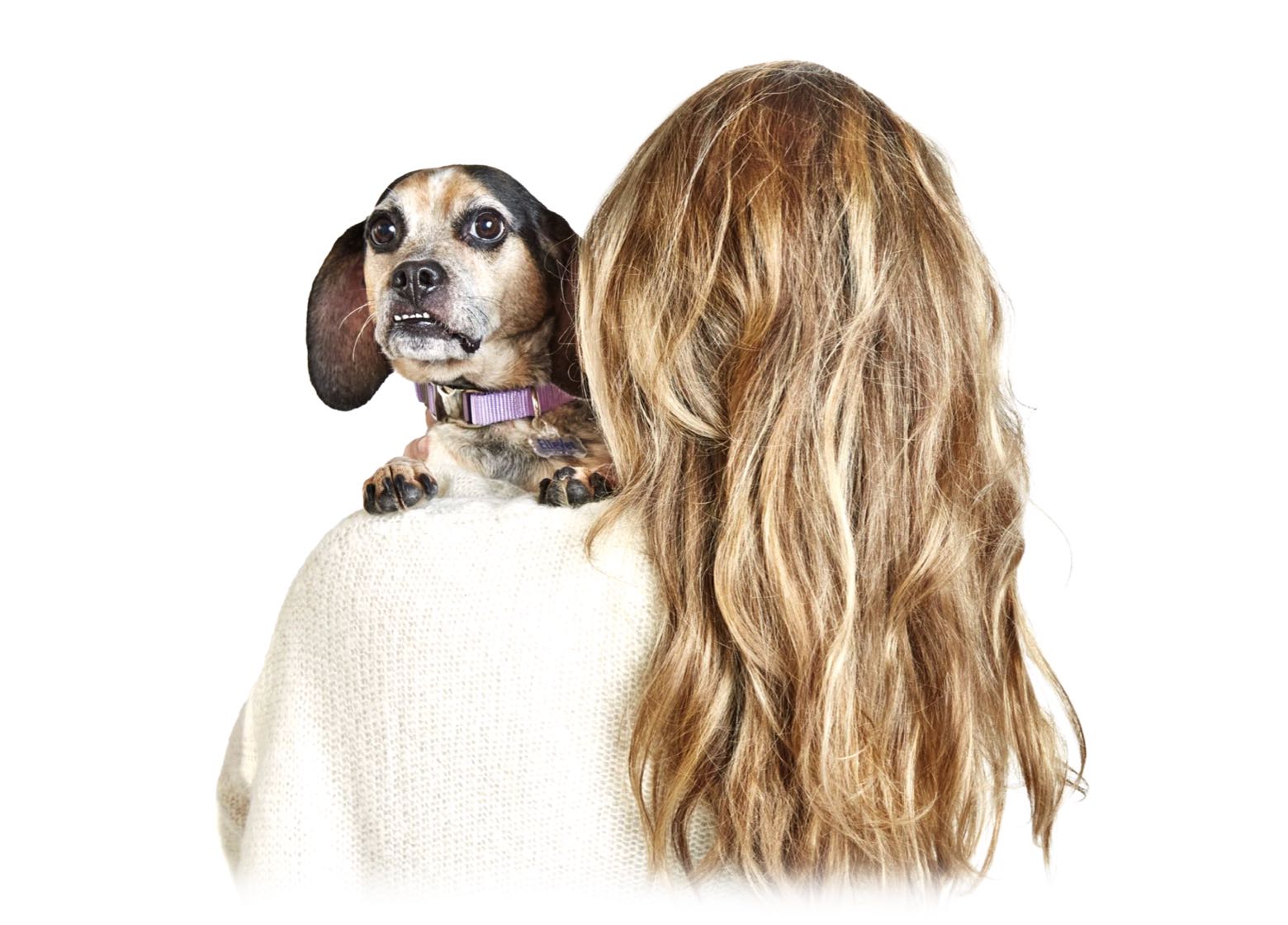
So, you suspect your pup may be losing their hearing or maybe believe that they were born deaf. How did this happen? The most likely cause is a natural result of aging, but there are some other factors at play regarding your dog’s auditory modality.
There is good news – your dog can still enjoy an excellent quality of life! Here is a guide to understanding your pup’s hearing loss and four ways to support your dog and improve both your qualities of life.
Okay, so you know how a dog can lose their hearing – but how do you know if your dog is deaf? Puppies who are deaf may seem slow to learn. Pet parents may notice these signs as an older dog gradually loses hearing:
- Not coming when called: unresponsiveness is a key indicator of a pet’s hearing loss. To test your pup’s hearing abilities, make various noises when they aren’t looking, such as jingling keys or clapping. You will be able to gauge their hearing abilities by their response to the auditory stimuli.
- Sudden disobedience: sometimes, we confuse gradual-onset hearing loss with a behavioral problem. Dogs may stop responding to commands or require more focus to bring to attention.
- Increased startle reflex: Other senses heighten as hearing diminishes. Therefore, a hearing-impaired dog will have a heightened sense of touch. Without the auditory cues, stimuli are both surprising and may seem overwhelming. A dog who appears to startle more may be suffering hearing loss.
- Excessive barking: Animals regulate their voices using their sense of hearing. If this diminishes, they may not know how loud they are being. Barking is a natural response as they navigate their new methods of communication.
If you want to know for sure whether your pup is hearing impaired, visit your veterinarian. Objective assessment of auditory function’s presence requires a test known as the BAER (brainstem auditory evoked response).
Dog hearing loss occurs like human hearing loss. Three pairs of descriptors characterize hearing loss: inherited or acquired, congenital or later-onset, and sensorineural or conductive. Conductive hearing loss occurs when sound conduction is impeded through the external ear, the middle ear, or both. Sensorineural hearing loss occurs when there is a problem with the cochlea or the neural pathway to the auditory cortex. The most frequently observed forms of hearing loss are:
- Acquired later-onset sensorineural deafness can be the result of exposure to medicine or noise, which damages the inner ear, in addition to aging. The most common form of this type of hearing loss is called presbycusis, or aging-related hearing loss (ARHL)
- Inherited congenital sensorineural deafness is usually associated with pigmentation genes responsible for white in the coat. This means that a dog is born with a condition with a problem in the cochlea or the neural pathway to the auditory cortex.
- Acquired conductive hearing loss occurs when sound conduction is impeded through the outer ear; common reasons for conductive hearing loss include blockage of an ear canal, a hole in an eardrum, or problems with the bones in the ear. If you see signs of redness or inflammation deep in the ear, share with your veterinarian, as they can resolve these problems with proper treatment.
The most common form of hearing loss in dogs is acquired later-onset sensorineural deafness, specifically age-related hearing loss (ARHL).
It is widespread for senior dogs to gradually lose their hearing – with geriatric nerve degeneration in the cochlea beginning as young as 7-8 years of age. Some hearing loss is natural, as it inevitably happens to all mammals, but it can be accelerated if they live in louder environments. It has been estimated that above 85 decibels, a dog’s inner ear is at risk for damage. Here are decibels of everyday sounds:





